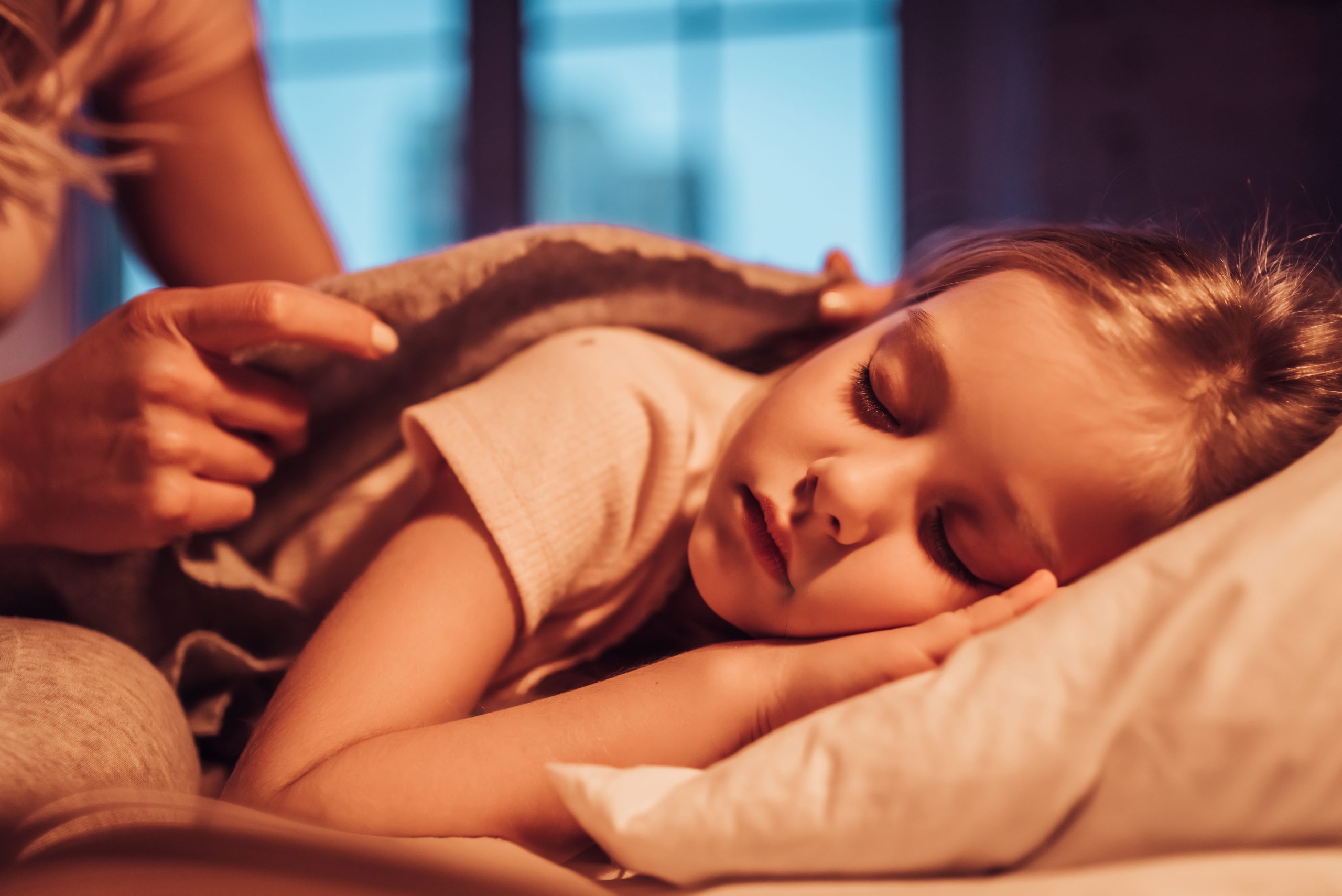Preparing your kids for daylight saving time
Last updated on 10/30/2023.
Last updated on 10/30/2023.
It’s that time of year again to “fall back.” This year, daylight saving time is happening during the early morning of Sunday, Nov. 5, 2023, where you will set your clock back an hour.
A focus on sleep for kids is important as good quality and quantity of sleep is important to kids’ ability to focus and learn in school, to have capacity for social and emotional regulation and growth and to be able to be as active as their bodies are trying to be during the daytime.
While a one-hour time change may not seem like a big deal, it can take kids some getting used to an earlier bedtime. Fortunately, there are ways to help your child adjust to a new schedule more easily.

Dr. Gigi Chawla, chief of general pediatrics at Children’s Minnesota, shares tips for getting your kids through daylight saving time on WCCO.
The disruption caused by daylight savings can be a recipe for cranky and tired kids and teens. Going back an hour can cause kids to not be ready for bed, resulting in them having a harder time getting up in the mornings.
This “fall back” time can be especially hard for teens. While they are going through puberty, their natural sleep cycles are set to stay up late and subsequently be sleep deprived. Not to mention that it can be hard for anyone to wake up for school when it is still dark outside.
There are a couple different ways to help your child prepare for daylight savings time
It’s important to start encouraging them to take their naps 10-15 minutes earlier each day a week before daylight saving time. Although it is ideal to start this new routine a week before daylight saving time, starting the day before can still be helpful.
During the first week of daylight saving time, encouraging exercise and physical activity can be helpful in making sure that they are tired and ready to sleep by bedtime. This will allow kids to also get the benefit of daylight exposure which can help with their normal circadian rhythm.
It’s hard for anyone to wake up when there is no daylight outside triggering our brains to wake up, but that doesn’t mean there aren’t other things that can help.
Even if you didn’t have time or forgot to prepare your child for daylight saving time, there are still plenty of other ways to help your child adjust. It is important to focus on good sleeping habits such as:
Unless discussed with your pediatrician, The Kid Experts strongly suggest that you do not give melatonin to your child. Although melatonin has a role in sleep, it should only be considered after trying sleeping habits that do not include medication.
According to the CDC, from 2012-2021, there was a 530% increase of melatonin ingestion among kids leading to over 260,000 child poisoning reports at poison control centers across the nation. Find more information about giving melatonin to kids here.